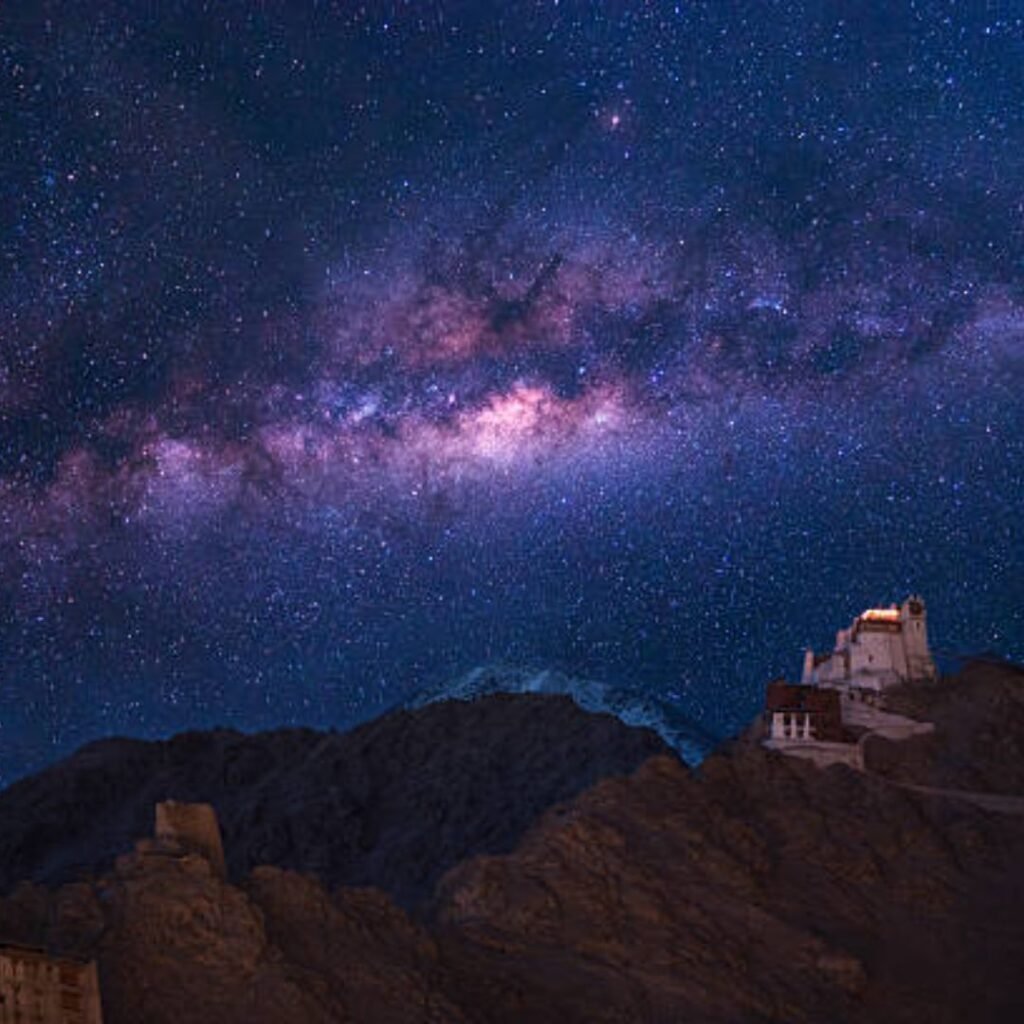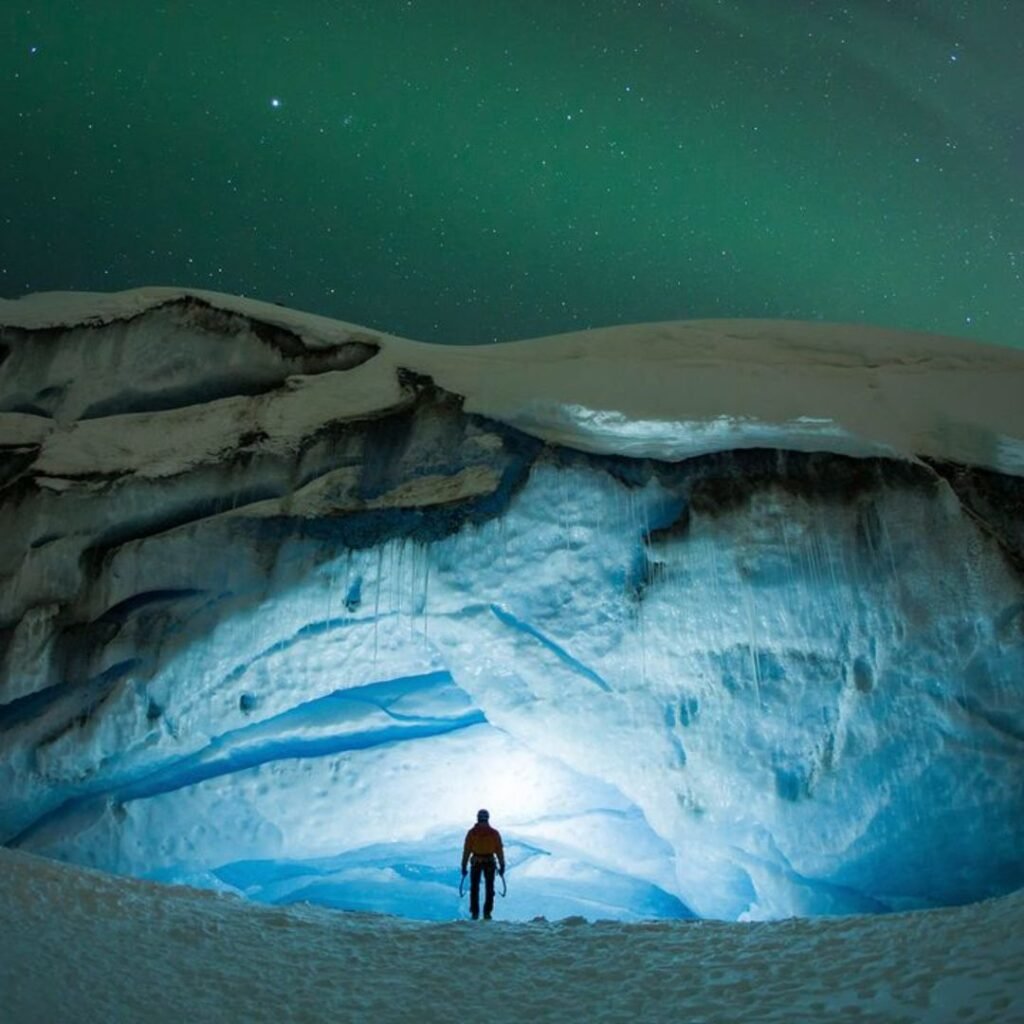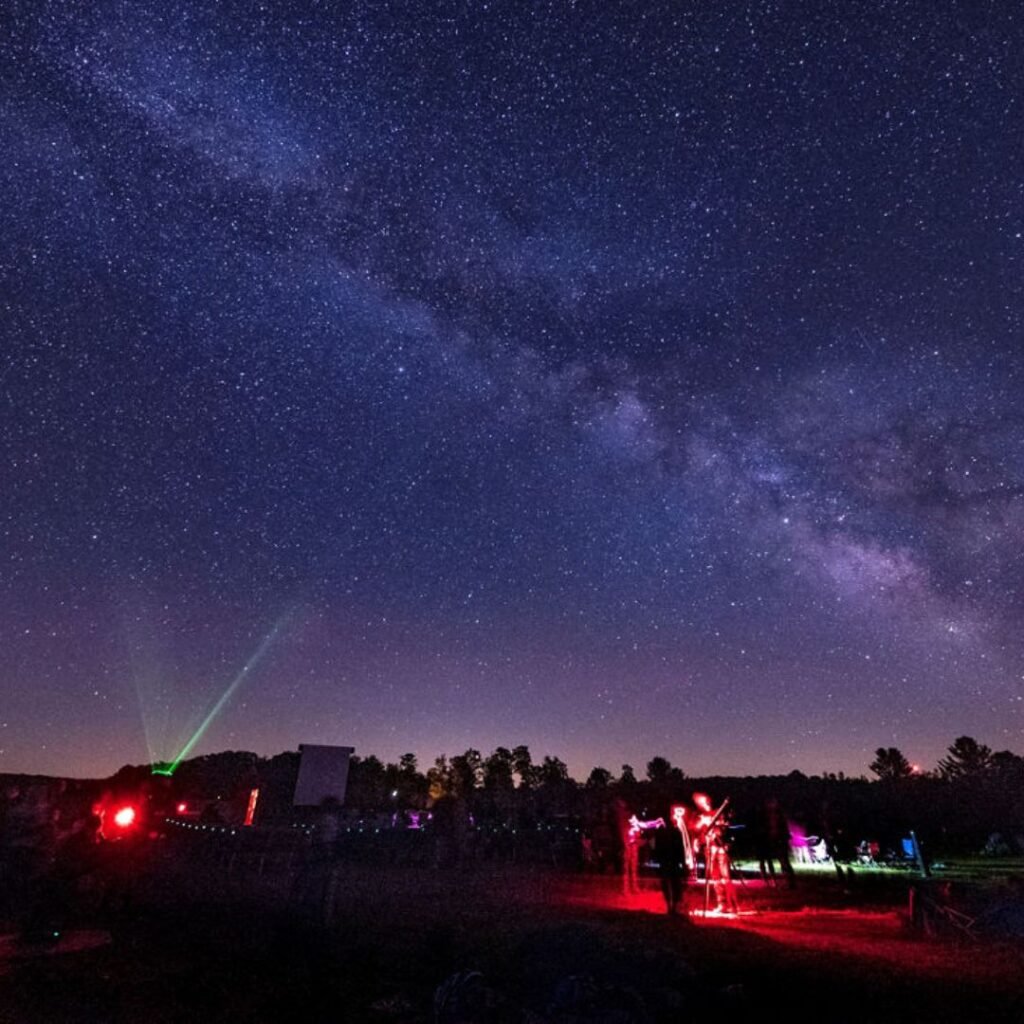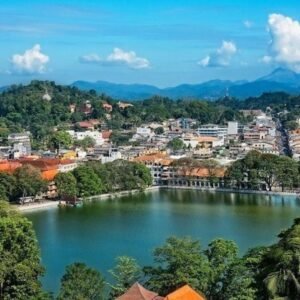By Fathima Rukaiya,
The stars are hidden by city lights in many regions of the earth. However, there are still locations where the night sky is sufficiently black to reveal the Milky Way, far-off galaxies, and even the zodiacal light’s glow.
These locations are ideal for both astronomy enthusiasts and inquisitive tourists due to their outstanding visibility, low levels of light pollution, and scenic attractiveness.
1) Atacama Desert, Chile

One of the driest and highest deserts in the world, the Atacama offers clear skies for over 300 nights each year. It hosts some of the world’s largest observatories.
Where to stargaze: San Pedro de Atacama is the main base for guided night tours with large telescopes. ALMA and Paranal observatories also offer public visits.
What you’ll see: The Milky Way, the Large and Small Magellanic Clouds, bright nebulae, and rich star clusters.
2025 update: Some industrial projects are being discussed in the region. Supporting eco-friendly and dark sky conscious tour operators helps preserve the area’s night skies.
2) Aoraki Mackenzie Dark Sky Reserve, New Zealand

Covering more than 4,300 km², it is one of the largest dark sky reserves in the world, with strict lighting controls in place since 1981.
Where to stargaze: Mount John Observatory, Lake Tekapo viewing areas, and specially designed roadside stops in the Mackenzie Basin.
What you’ll see: The Milky Way arch over snowy mountains, the Southern Cross, and the Magellanic Clouds.
Best time: March to September for better views.
3) Hanle Dark Sky Reserve, Ladakh, India

Located at 4,500 m above sea level, this is India’s first official dark sky reserve, offering exceptionally clear, dry air.
Where to stargaze: Hanle village and surrounding observation sites within a 22 km radius. Local guides organize star parties and night photography sessions.
What you’ll see: A bright Milky Way, faint nebulae and galaxies, and excellent high-altitude clarity.
Note for travelers: You have to get used to the altitude. Be ready for cold weather all year long.
Best time to visit: September to November or February to April; skies are clearest after the monsoon, and before heavy winter snow limits access.
4) NamibRand Nature Reserve, Namibia

Africa’s first Gold-Tier Dark Sky Reserve, with vast open landscapes and no light pollution.
Where to stargaze: Desert lodges within the reserve, offering private telescopes and wide-open views.
What you’ll see: A bright Milky Way stretching across the entire sky, dark constellations like the “Emu in the Sky,” and the Magellanic Clouds.
Best time to visit: May to September, Namibia’s dry winter season.
5) Jasper National Park, Canada

One of the largest dark sky preserves in the world, with an annual Dark Sky Festival each October.
Where to stargaze: Lake Annette, Pyramid Lake, and the Athabasca Glacier forecourt on clear nights.
What you’ll see: The Milky Way, star clusters, and occasional northern lights.
2025 update: The 15th anniversary of the Jasper Dark Sky Festival will feature expanded events.
Best time to visit: Late September to October; coinciding with the Jasper Dark Sky Festival.
6) Cherry Springs State Park, USA

Recognized as one of the darkest locations in the eastern United States, with a dedicated astronomy field and red-light rules.
Where to stargaze: The main observation field, with 360° unobstructed views.
What you’ll see: The Milky Way core in summer, Andromeda Galaxy in autumn, and meteor showers.
Best time to visit: April to October, especially during new moon weekends in summer for the Milky Way core.
Summer months give bright Milky Way views, while autumn brings crisp skies and galaxy visibility. Winter offers clear skies, but it is extremely cold.
7) Warrumbungle National Park, Australia

Australia’s first official dark sky park, located near Siding Spring Observatory.
Where to stargaze: Park campgrounds and public night programs in nearby Coonabarabran (town).
What you’ll see: Bright southern constellations, rich nebulae, and the Milky Way.
Best time to visit: April to October, Australia’s cooler months.
Clear southern skies, prime Milky Way viewing in winter (June – August), and less chance of summer thunderstorms.
So, these are just some of the best places around the world for night sky lovers. Finding that perfect quiet spot with minimal light pollution isn’t always easy, but hopefully we’ve made the search a little simpler.
Of course, there are countless other stargazing gems that didn’t make this list, each offering its own unique view of the cosmos. Happy Stargazing!





